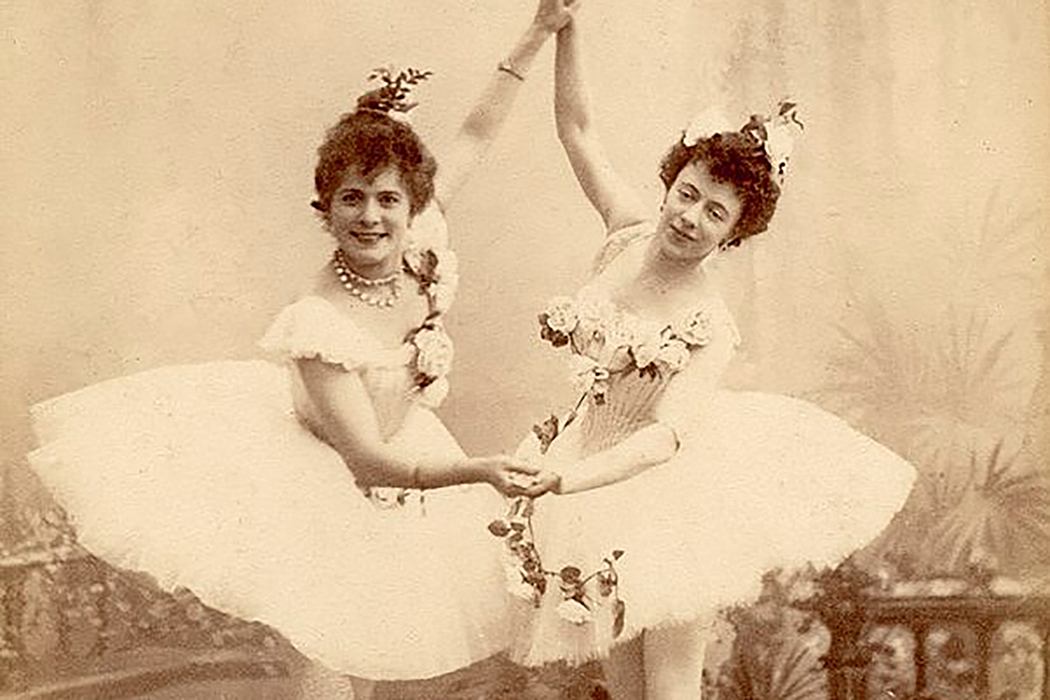Are ballerinas strong or fragile, gritty or ethereal? A look at the soaring, strong dance of a Misty Copeland or another prima ballerina brings all of those tensions into soaring, toe-shoed focus. And when dance historian Jennifer Fisher faced her own feelings about a tutu, she came to realize that ballerinas are a study in complex contradictions.
When Fisher gave a tutu to her three-year-old goddaughter, she had to confront her mother’s fear that the garment would seduce her into the dark side of dance. The dangers of ballet—from physical injury to exploitation, eating disorders and more—are all too well known, but after her conversation with her friend, Fisher realized that it was worth investigating how society interprets the ballerina.
Ballerinas have long made feminists both uneasy and excited, embodying fulfillment and the shackles of feminine performance. Fisher acknowledges the gender imbalances within dance; while the field is dominated by women, it is still largely directed and choreographed by men. On the other hand, cultural theorists have found strength within ballets themselves—stories of agency and independence that are enacted by women, for women.
Fisher then discussed ballet with ten women who, though their ages, races, and socioeconomic status varied, had “a strong relationship to ballet.” For these women, everything from pointe shoes to the princess-like roles ballerinas play on stage were deeply evocative. Though some of the women viewed ballerinas as part of a system that has largely negative effects on women, others found empowerment in their dance.
For most observers, there’s a tendency to want to see ballerinas in either/or terms. Their “strength is either masked or evident,” Fisher writes. “…she is either frilly or powerful…she is either in charge or swooning in someone’s arms.” But as ballet and society evolve, suggests Fisher, perhaps new interpretations of ballerinas that acknowledge both their agency and their anguish can emerge.
Fisher’s goddaughter didn’t get seduced by her tutu—rather, she tried out dance but eventually quit it during her teen years. “She stayed with it…until she won her pointe shoes and found out what it was like to consider satin and tulle as tools—voluptuously deceptive but rewarding tools that she masterfully learned to use.”
Copeland said it best, declaring that her body’s “strength and grace enabled [her] to pursue her passions.” Perhaps it’s that very tension between strength and sublimity that still makes dance so compelling. As ballet evolves and dancers like Misty Copeland change our conception of what a ballerina can be, perhaps that arsenal of tools/tulles will grow and change even further.







